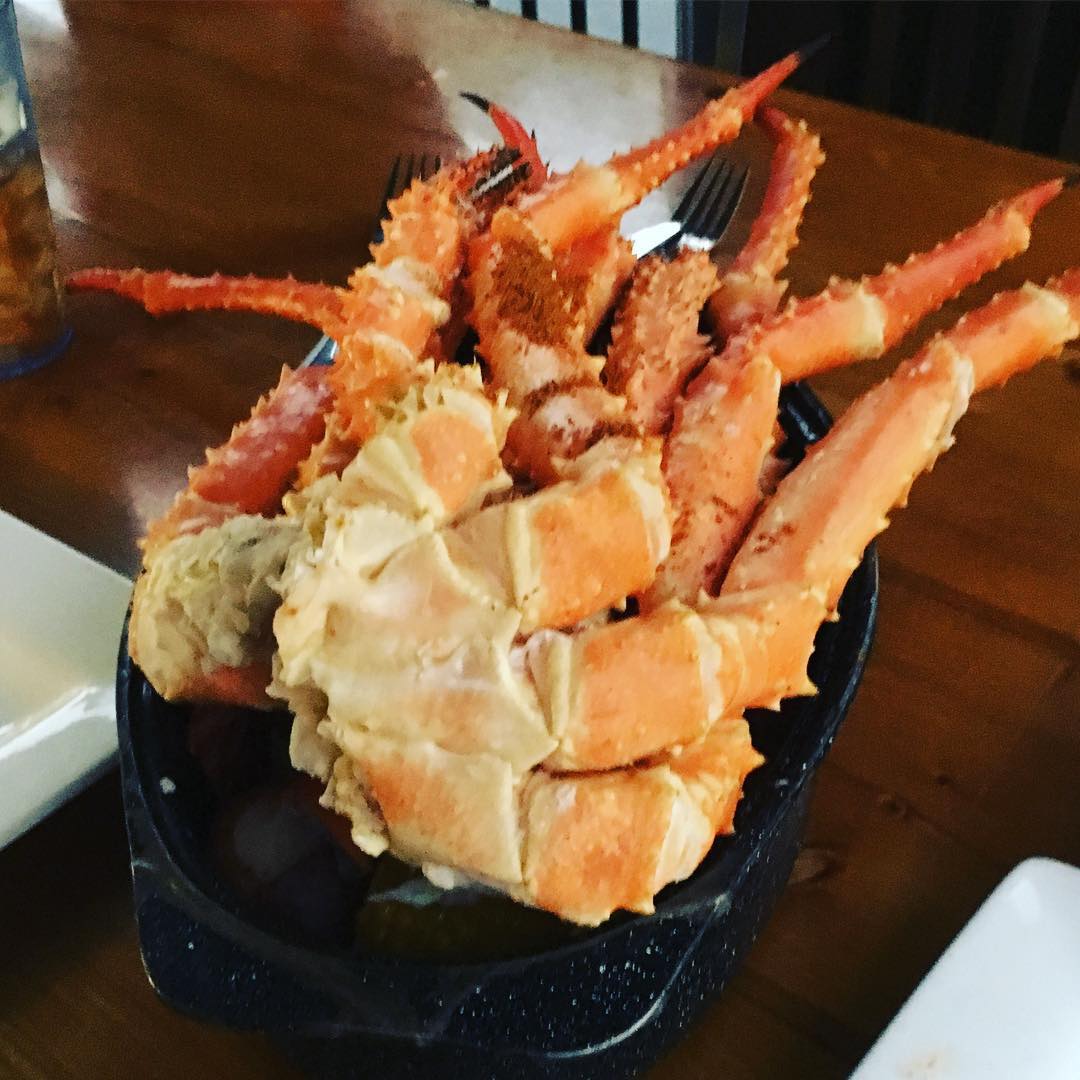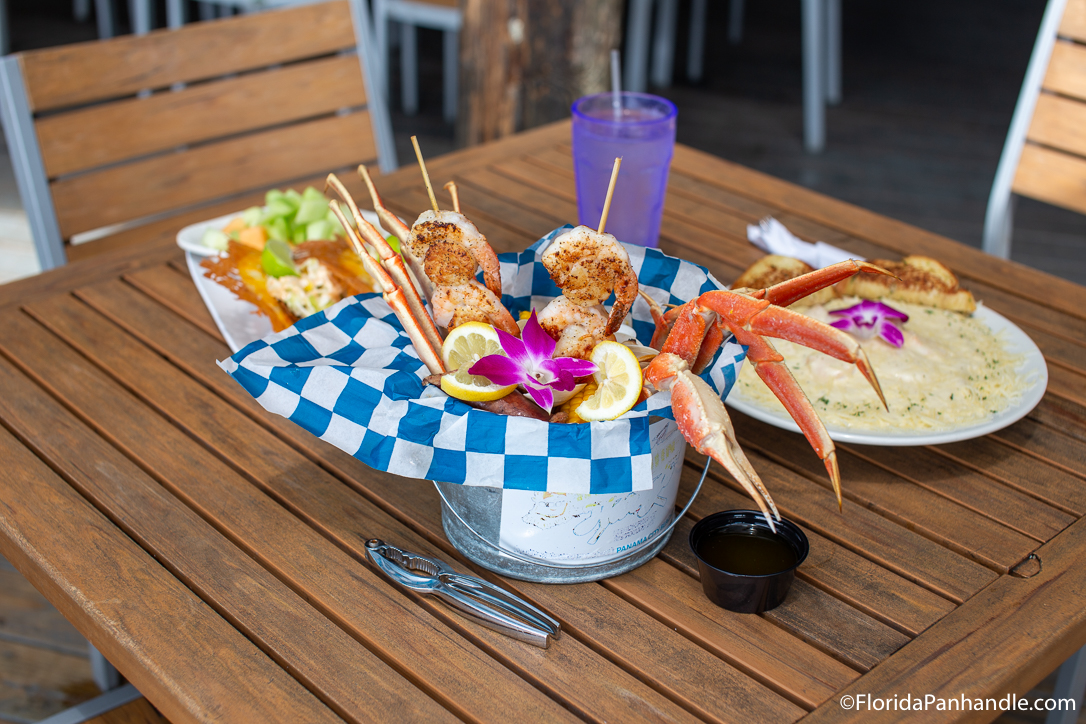

Along with her sister ship USS Wisconsin (BB-64), the USS Missouri was deployed to the Persian Gulf during Operation Desert Storm and launched Tomahawk missiles at Iraqi targets. battleships took part in their final combat operations. The threat from the Soviet Union never came, yet she remained in service in the early post-Cold War era. Navy, all four of the Iowa-class battleships were reactivated and upgraded with new combat systems that replaced the many of the ships’ smaller five-inch guns with launcher for Harpoon anti-ship missiles, thirty-two Tomahawk cruise missiles and four Phalanx close-in weapon systems (CIWS). That could have been the end of the story, but in the 1980s, after President Ronald Reagan called for a 600-ship U.S. USS Missouri was decommissioned in February 1955, and she served as a museum ship at Bremerton, west of Seattle. While the range of the 16-inch guns was limited to just twenty miles, the warships operated on both coasts and that put a quarter of the Korean peninsula within range. During the war, her three sisters were also reactivated and provided naval gunfire support. Struble’s 7th Fleet, and took part in bombardments of Communist positions at Chonjin, Tanchon, and Wonsan. USS Missouri served as the flagship of Vice Admiral A.D. Instead, she was sent to the Mediterranean Sea in 1946 as a show of force against Soviet aggression and four years later took part in the U.S.-led United Nations efforts during the Korean War. Unlike the other Iowa-class battleships, USS Missouri was not decommissioned following the end of the Second World War.

In late August 1945, she sailed victoriously into Tokyo Bay to begin the process of demilitarizing Japan, and was then selected to host the surrender ceremony. During World War II, The Mighty Mo fired those massive 16-inch guns during the Marine Corps landings at Iwo Jima, Okinawa and Hokkaido. Truman’s (D-Missouri) daughter, Margaret Truman.Īs with her Iowa-class sisters, the BB-63 was armed with nine 16-inch guns, twenty five-inch guns and 40mm anti-aircraft guns as well as forty-nine 20mm anti-aircraft guns. Nicknamed “The Mighty Mo,” she was christened by then Sen. She was the final battleship to be commissioned by the United States Navy. Today, there is another USS Missouri (SSN-780), a Virginia-class submarine commissioned in 2010. The second USS Missouri (BB-11) was a Maine-class battleship in service from 1900 to 1922. She was only in service for two years, as she was destroyed in a fire in August 1843. Missouri was actually the third ship to be named for the “Show Me State” – with the first being a sidewheel frigate launched in 1841.

It was thus fitting that it was aboard the deck of the USS Missouri (BB-63) on September 2, 1945, that the Empire of Japan officially surrendered and ended World War II. Navy’s aircraft carriers were not in port. The primary targets for the Japanese were the battleships – as the U.S.

For most of the sailors in Pearl Harbor, the war began when the Japanese began their bombardment at 7:40 am. The United States of America officially may have entered the Second World War when President Franklin Roosevelt addressed the United States Congress on December 8, 1941, and asked for a declaration of war on the Empire of Japan – yet it had really begun at 6:45 am local time in Pearl Harbor on December 7 when the first shots were fired by the USS Ward at a Japanese submarine. We asked one expert to explain her story in detail: The USS Missouri might be a museum ship now, but for decades she was used off and on for many different types of missions and was even the warship used when Japan surrendered on her decks to end World War II.


 0 kommentar(er)
0 kommentar(er)
